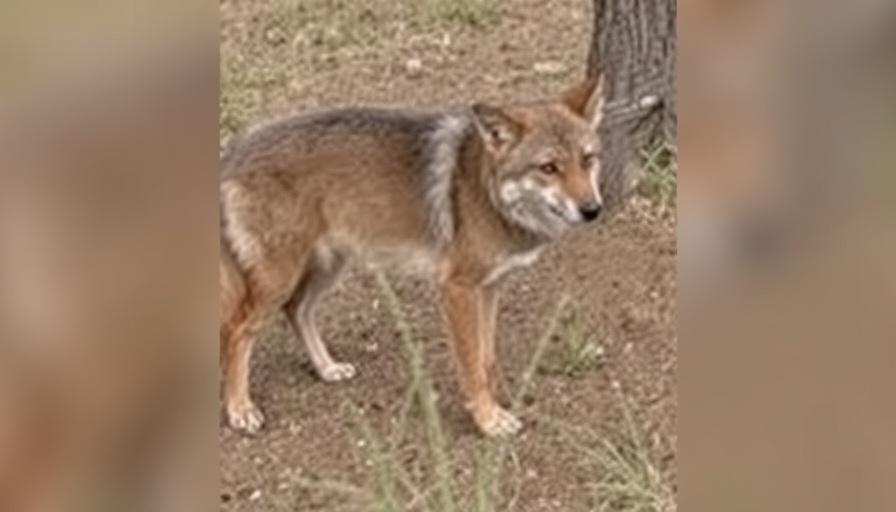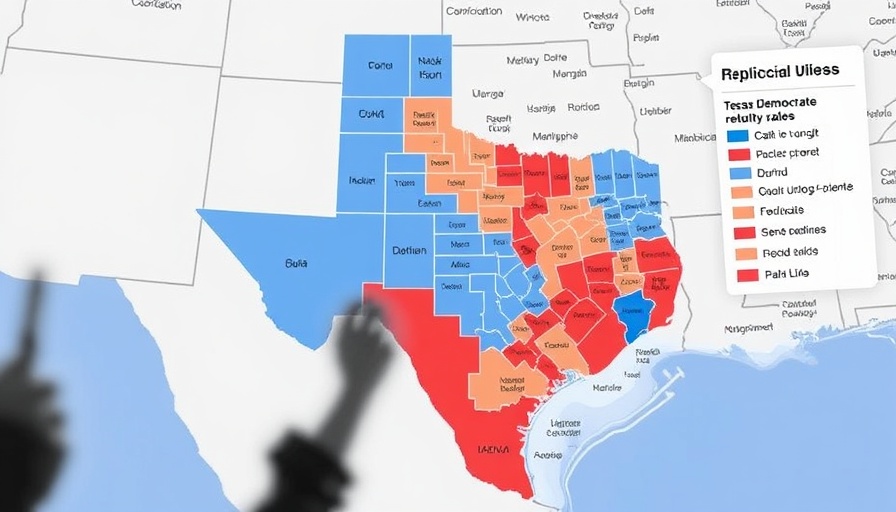
When Urban Life Meets Wildlife: A Disturbing Incident in Dallas
A coyote was shot and killed by a deputy marshal in Dallas' Reverchon Park, raising questions about human-wildlife interactions in urban areas. On Tuesday, law enforcement responded to reports of an aggressive coyote approaching a citizen walking their dog along the popular Katy Trail. This incident underscores the challenges that arise when wild animals, driven by natural instincts, converge with urban living spaces.
Understanding Coyote Behavior in Urban Areas
Coyotes are typically adaptable creatures, able to thrive in cities as they search for food. During spring, coyote pups are born, contributing to increased aggression as adult coyotes become protective of their young. "It is that time of year when you’re going to get more aggressive coyotes," stated Randall Kennedy from DFW Wildlife Coalition. Understanding this behavior could be crucial for residents, as well as city officials considering animal control methods.
Community Perspectives: A Divided Opinion
The shooting has sparked mixed reactions among Dallas residents. Some, like Collene Goldman, echoed the sentiment that shooting the aggressive coyote was a necessary action. "They can look like they’re the sweetest thing in the world and then go after Fido," she remarked, highlighting concerns about the safety of pets and people.
On the flip side, voices of dissent have emerged. Iyari Duran, a regular park visitor, expressed her dismay, suggesting alternatives to lethal force. "There should be a better management of the situation; we need to find ways to share space without hurting each other," she contended, advocating for more humane solutions to wildlife encounters.
Lessons from the Incident: Balancing Safety and Conservation
This troubling event raises broader concerns regarding wildlife management in urban settings. As cities continue to expand into natural habitats, the need for effective animal control strategies becomes paramount. Various organizations, including the DFW Wildlife Coalition, are working toward educating the public about safe interactions with wildlife.
Are Lethal Measures the Best Solution?
While shooting an aggressive animal might seem like an immediate solution, it poses larger questions about long-term strategies. Critics emphasize the importance of addressing root causes of wildlife encroachment, such as food sources like trash or pet food left unattended. In many instances, educating citizens on wildlife behavior can prevent dangerous encounters before they escalate to lethal actions.
Future Predictions: A Cautionary Tale for Urban Planning
As urbanization continues to encroach upon natural habitats, it is likely that human and animal interactions will become more frequent and, at times, dangerous. Urban planners and wildlife management authorities need to collaborate on creating safe environments for both people and animals. This may involve fencing, proper animal relocation strategies, and increased public awareness programs.
Conclusion: A Call for Thoughtful Action
The shooting of the coyote in Dallas emphasizes the complexities of shared spaces between humans and wildlife. As residents living in proximity to natural habitats, people must strike a balance between safety and conservation. Public education is crucial, highlighting both the necessity of safety protocols and ethical considerations regarding wildlife. Understanding behavior patterns, securing attractants, and utilizing non-lethal deterrents can create a safer coexistence.
 Add Row
Add Row  Add
Add 




Write A Comment